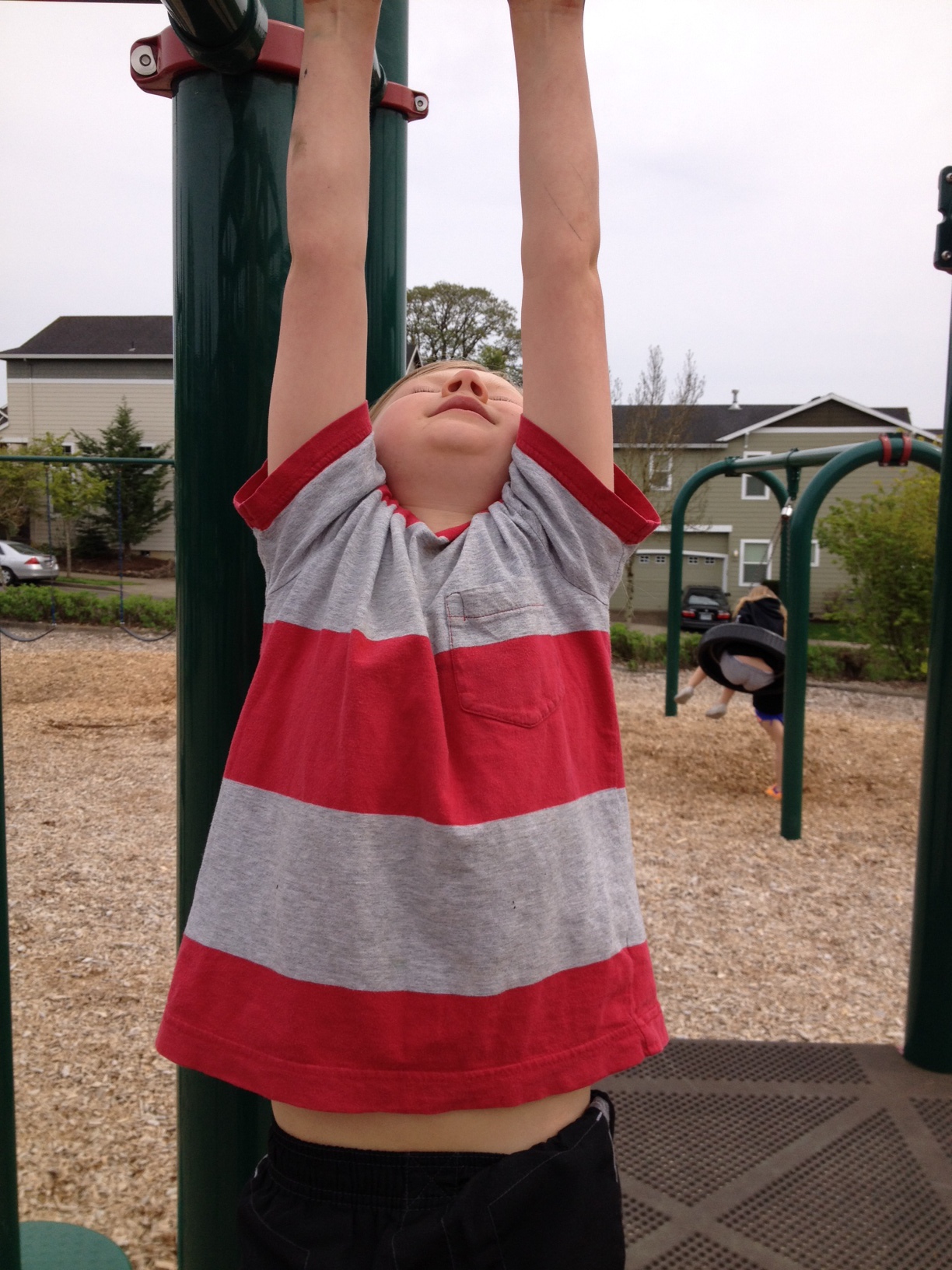Three repetitions of the Basic mat order wth transitions.
Self Care for Pilates Instructors
So how do you teach 6-8 or 9 hours straight? This question was recently posed to me and I thought I would add my ideas here on the blog. These techniques could be applied to any job that doesn’t have standard breaks, and in the gig economy, that applies to many of us. I should add that I am my own boss and I decide to teach these hours. I stack my schedule back to back from the hours of 6am-2pm so I can utilize my time effectively and then get home to take care of my children after school. I’m not looking for sympathy for my working hours. I understand that what I teach is my passion and an privilege, and I am not trying to say that this work schedule works for everyone, I’m just trying to share what works for me.
So…. the first tip is what you do the night before a long teaching day. I have gotten super disciplined about getting to bed. My usual waking time is 5am, so that means I try to wind down by 10pm. Sometimes 10pm is my first opportunity of the day to workout if my schedule has been stacked and my kids need me, so sometimes my workout is 5 minutes of wall or 10 minutes on the roller. I try not to skip Pilates any day of the week, but I will shorten the duration of the workout so I’m fresh to teach the next day. I also don’t drink alcohol the night before I teach. I find it disrupts my sleep and I have a hard time getting focused to teach. Finally, I will look at my schedule and make a rough plan for the next day. I don't write anything out formally, but I’ll take a few minutes to look at my semis and think what would work best for the group (for some people its the second or third workout of the week and I don’t want to repeat), and I have a small studio so sometimes I have to plan how to use the props or the space, and sometimes I’m just reviewing who is injured and making sure I’ve looked at what we did last time and making observations to see if they are progressing or showing signs of readiness for additional exercises. This mental preparation is key so I’m not caught unprepared. A client walking in you haven’t prepared for can take a lot of mental energy and I wan’t to make sure I’m conserving what I have for the entire day.
Second…I have a plan for what I’m going to eat. If I teach longer than five hours in a row, I have a smoothie at hour 3. I can drink the smoothie during transitions and I get more than water but protein and fat to keep my brain working. My smoothie is a banana, sugar-free sun butter, matcha, and greens. This is what works for me, and I’ve found over time that fruit in my smoothie gives me a sugar crash. What you may need to eat may be different, but I like getting the smoothie as a meal replacement that I can gradually drink (instead of trying to gulp down a protein bar all at once). If I have a break, I make a green tea. If I have time to eat lunch, I do a salmon salad with kale (I put salsa on top. It adds nice flavor and softens the kale). I always have snacks on hand, and eat while the clients clean if I feel brain fog coming on. My favorite snacks combine some fat with protein. I usually have dried buffalo bars, Trader Joe’s Coconut Clusters, RX Bars, chocolate covered almonds, or dried fruit on hand. I also like dried chickpeas and beat chips. I love dried seaweed, but I’ve found it’s too messy for a quick grab (and I have a bag of snacks in my car for the ride home in case I crash then).
Thirdly, water is super important. I’ve found that drinking enough water really helps prevent brain fog. I generally take a sip from my water bottle during the big transitions on Reformer (another great reason to teach your clients to do their own transitions). I have a water bottle I just tip and sip (no covers or lids to slide) so I can watch my clients do the transition after I say it. I won’t use a water bottle where I can’t keep my eyes on the clients for safety reasons.
And my last tip is…I try to stay off my phone. If a client is late or goes to the bathroom and I have a few minutes, it’s super tempting to check my phone. But that takes me out of the room, and most importantly, out of my body. If I do have the shortest of breaks, I first check in: Do I need to eat? Drink? Stretch my calves? Lay over the barrel? The phone will always be there after the session, and it can be a big energy suck, or I might get an email that will distract me from my next lesson. And I often remind myself, there is never an email emergency. People call or text in those situations so I don't need to keep checking email while I’m teaching. It’s better to do that at a separate time (and usually not when I’m with my kids either).
So there are my big tips. I hope they help. I’ve found the more disciplined I am in how I structure my time and nutrition, the better I can serve my clients. And the most important thing is that I am present and available to lead them through the best session I can give them that day. And with a little bit of planning, I can do that.
Fall Training Schedule
We're gearing up for another busy fall at JSP! Do you want to start by tipping your toe into Pilates teaching or just firm up your personal practice? Join us for Basic Mat this September and December! And don't miss out on our full certification beginning October 3rd - this certification includes mat, Reformer, Cadillac, Barrel, Chair, and Small props like Wall and the Power Circle. Do you need CECs? Two fabulous ones to choose from are Lengthen and Strengthen with Elastic Bands and Jump Board Intervals, both October 26th. Hurry, space is limited! Make your passion your career!
What If?
What if what scares you becomes the best thing ever?
So my son came home the other day and told me that the monkey bars are "dumb." In five-year-old kid speak, that translates as "hard." So I've been encouraging him, when we're at the park, to try them different ways -- with me spotting him, supporting his body, pointing out the finder details of other kids' technique...
Ah, the joys of having a parent that studies movement...
And here's what I've learned - the monkey bars are hard. Really hard. And a total core workout. And kinda, um, scary.
I could see fear thoughts when they would drift into my son's brain because it changed how he moved -- more cautious, less sure. So finally, I asked him, "What are you scared of"
"Falling."
"Ok, so do it."
"What?"
"Let go."
So my son let go after he hung for awhile, and he landed on two feet, looked up at me, smiled, and said, "That was fun! I'm going to do that again! I'm going to be an expert faller!"
So what is the scariest thing for you right now? Snake on Reformer? Candlestick on Cadillac? Signing up for an Introductory Series? Registering for a Pilates training?
It may be just the thing that you are best at, the most fun you'll ever have.
Just. Let. Go.


